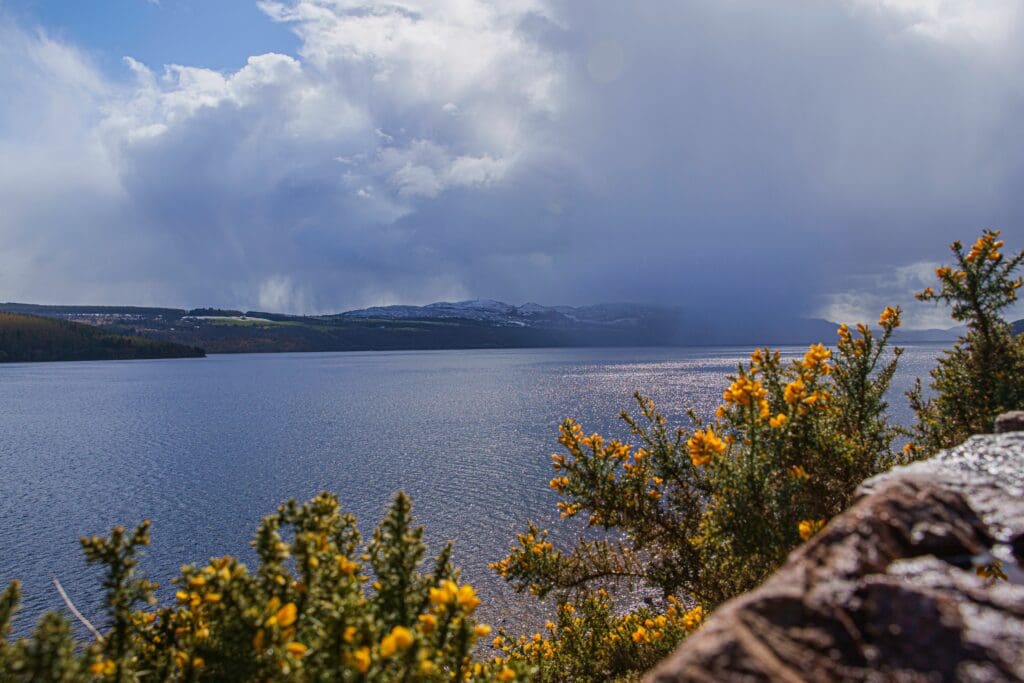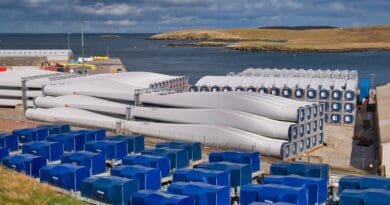£3bn Pumped Storage Project on Loch Ness to Power a Million Homes

A Scottish entrepreneur has unveiled a groundbreaking £3 billion project to pump millions of gallons of water from Loch Ness into nearby hills, marking a significant advancement in renewable energy.
Roderick MacLeod, director of Glen Earrach Energy, announced the two-gigawatt Glen Earrach Energy scheme, which promises to generate 30 gigawatt-hours of clean energy from a single discharge. This is enough to power more than a million well-insulated homes.
The project, expected to create 600 on-site construction jobs over six years, aims to invigorate the local economy. A scoping request has already been submitted to the Scottish government.
Pumped storage projects function like massive batteries, harnessing surplus power to pump water from a lake into an upper reservoir. When energy demand rises, the water flows back downhill, driving turbines to generate electricity. These projects mitigate the intermittency of wind and solar power, facilitating a greater reliance on renewable energy.
Glen Earrach Energy plans to dam and expand a small lake 1,500 feet above Loch Ness, transforming it into a large reservoir. Water will be piped through the rock to an underground turbine hall, then discharged back into Loch Ness. MacLeod highlighted the site’s suitability, calling it one of the best in the UK for pumped storage.
For the past two years, preliminary design work has been underway, with Glen Earrach Energy collaborating with Alpiq, the Swiss utility behind the 900MW Nant de Drance pumped storage project in the Alps.
Glen Earrach Energy faces competition from at least two other projects vying to use Loch Ness’s waters, raising concerns about potential impacts on water levels. Brian Shaw, river director of the Ness District Salmon Fishery Board, warned of a “pumped storage hydro gold rush,” expressing fears that multiple projects could significantly deplete the loch.
In response, Glen Earrach Energy assured that the reservoir would rarely transition from full to empty, meaning Loch Ness’s water level would fluctuate only slightly. The company is also taking measures to minimise environmental impact, including covering
the dam with heather, moss, and native plants. A spokesperson emphasized that once completed, there would be “no above-ground structures to mar the beauty of Loch Ness.” Additionally, walkers on the Great Glen Way, a popular long-distance path, would traverse hundreds of metres above the excavated turbine cavern.
Loch Ness, a major attraction in the Highlands, drew 1.9 million overnight visitors in 2022. The area is also witnessing other pumped storage initiatives, such as SSE’s 1.5GW project on the neighbouring Loch Lochy.
Pumped storage projects typically require cap-and-floor pricing arrangements with the British government, ensuring financial viability by subsidising projects if wholesale electricity prices fall below a certain level and providing returns if prices exceed a ceiling.
MacLeod, 47, is set to present the Glen Earrach Energy project to the local community in Drumnadrochit on May 24. The project represents a significant step towards enhancing Scotland’s renewable energy capacity while contributing to local employment and economic growth.





